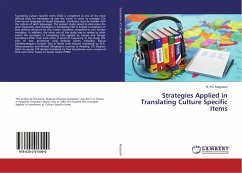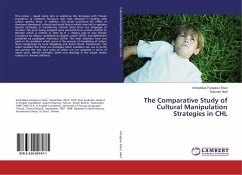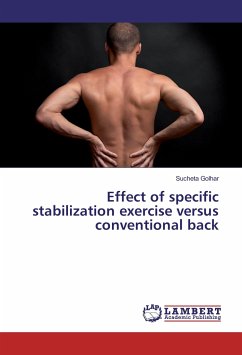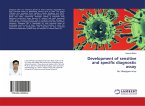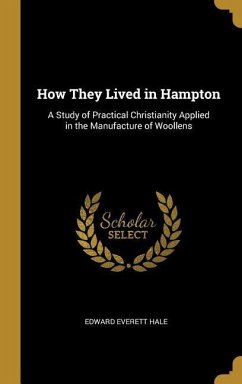Translating Culture Specific Items (CSIs) is considered as one of the most difficult tasks for translators all over the world. In order to translate CSIs from source language to target language, translators must be familiar with the culture of both languages. The present study aimed to determine the most frequently used strategies in translating CSIs in English translations of holy defense literature by one Iranian translator compared to one foreign translator. In addition, the other aim of the study was to realize to what extent the strategies of translating CSIs applied by Iranian and foreign translators differ from each other in terms of frequency. In this study, the CSIs of two prominent holy defense works including Davud Ghaffarzadegan's Fortune Told in Blood (Fale Khoon) translated by M.R. Ghanoonparvar and Ahmad Dehghqan's Journey to Heading 270 Degrees (safar be geraie 270 daraje) translated by Paul Sprachman were compared with each other based on Aixela' model (1996).
Bitte wählen Sie Ihr Anliegen aus.
Rechnungen
Retourenschein anfordern
Bestellstatus
Storno

